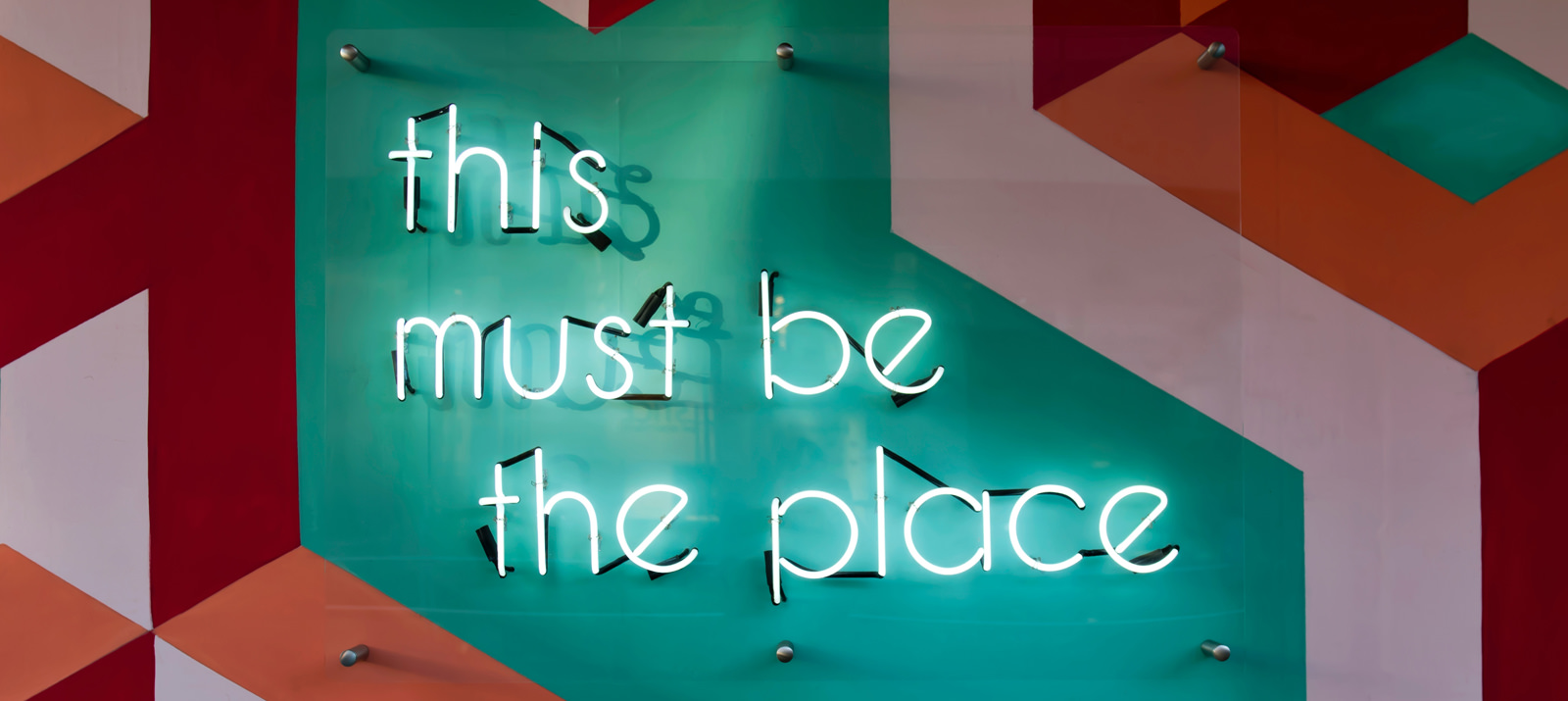Designing an Empathy-Based Product: A Personal Journey
Our Founder and CEO Brent Pearson reflects on how knowing his own strengths and weaknesses helped him in the process of building the business.
One of the things I’ve gained as I’ve grown older is a greater understanding and awareness of what I’m good at, and what I’m not as good at. I’m a big believer in Marcus Buckingham’s advice – identify your strengths and invest in them.
I’ve taken some time to reflect on how knowing my own strengths and weaknesses helped me in the process of building Enboarder.
On empathy
I’m not unempathetic, on a scale of 1-10 I’ve awarded myself a 5. Don’t worry, I’m aware of the irony of that when you consider that empathising with people and being sensitive to their experience is a central underlying focus of Enboarder. But therein lies the beauty of it, and one of the reasons I knew that building Enboarder was important – we need to support managers and make it easier for them to become more empathetic and aware of their new hires’ experiences.
Enboarder is an experience-based product that was designed to build human engagement. Designing the product was an exercise in empathy, it has made me more cognisant of the importance of the ‘softer side’ of human interaction. By designing and using the product as part of our own business operations, I’ve seen first-hand what the impact can be on someone who is a people manager. We take great pride in how we welcome our new hires, and also how we celebrate their personal and professional achievements and milestones. First days, birthdays, work anniversaries – we love all of it.
Most hiring managers want to be good managers, but they are busy and have different levels of people management ability. They (mostly) genuinely care about their people but they don’t have time to remember the small details that matter for onboarding. I wanted to build a product that addressed this issue – providing a coaching and reminder function, helping people to be better managers through small and achievable actions. Reminding them to check in with new employees to see how their first week was, prompting them to make sure all the tech is working, and ensuring that they are introduced properly to the their team.

The product design process
In the early days I spoke to a lot of people, everybody you talk to has an onboarding story and it was almost always negative. They gave me war stories – and I empathised with that. Sometimes I would hear the positive stories and tried to work out what made that experience good. Then I dug deeper to understand the challenges that stopped the ‘good’ happening as standard.
I wanted every bit of knowledge possible to encourage the ‘good’ in the design of Enboarder. The user experience is the central defining element all the way through and we are still always on the look out for how we can integrate the very best employee experience principles and practices into our product.

Some simple examples
- The 3pm munchie – finding out what your new hire’s favourite snack is, and having one ready on their desk when they arrive on the first day.
- Making sure that the workstation is set up and the tech working before the new hire arrives.
- Prompting regular and guided check-ins to make sure that managers and new hires are meeting each other’s expectations.
Leadership is a journey
The experience of founding and running a company has been a great growth experience for me as a leader, and I’m embracing the opportunity to really invest in what I’m good at and become more aware of the areas that I’m not as naturally drawn to. I have a wonderful team of people, who contribute their own personal and professional strengths to Enboarder, and together we are on a mission to empower people to deliver amazing employee experiences.